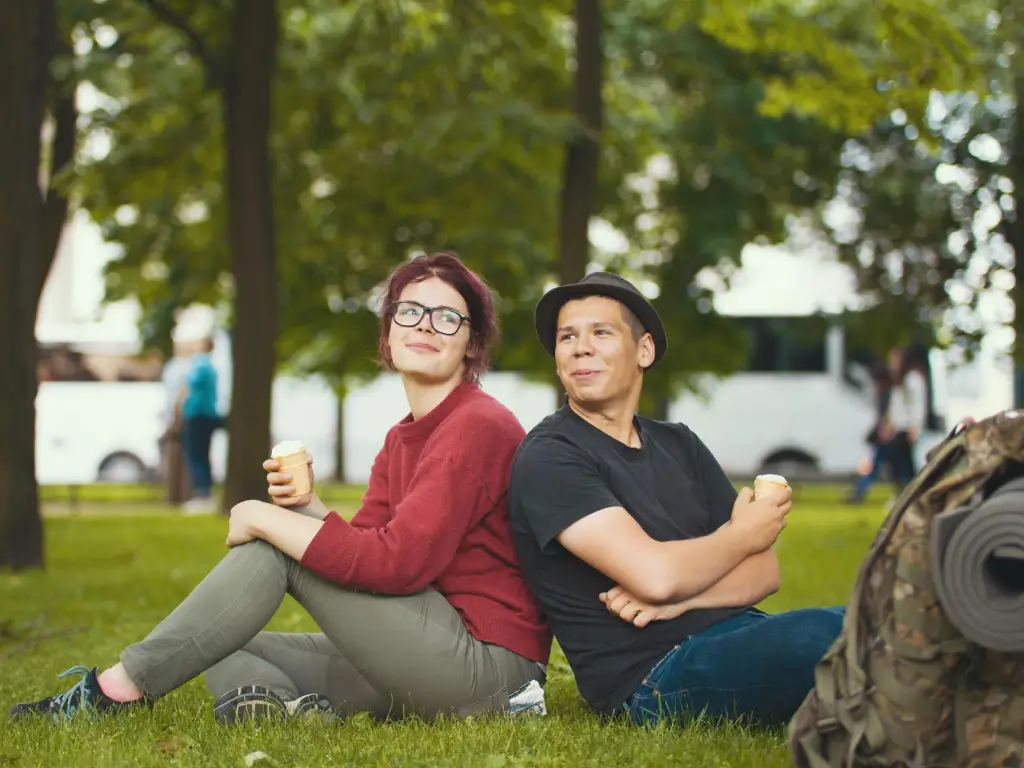Table of Contents
Singapore, a vibrant island city in Southeast Asia, has made living standard progress at an astonishing rate within a couple of decades. If a child was born in Singapore in 1960, he could only expect to live up to 65 years of age. Currently, a child born in the country still has a life expectancy of 86+ years. This outstanding enhancement in life expectancy has been making Singapore the sixth “Blue Zone” in the world since August 2023. While the other Blue Zones have their histories encoded in antiquity and tradition, Singapore owes itself to modern liberalized and advanced government policies with aims at enhancing both quality and longevity of life.
But then again, what is it in Singapore that makes that country a ‘Healthy’ nation to be in? Let’s take a closer look.
Positive Governmental Policies That Promote Wellness
The government’s awareness of health-related policies may be the driving force behind healthcare reform in Singapore. People over the years are able to notice small, slow changes that would have a big impact on the health of the community.
Such policies include an extremely high taxation of cigarettes and alcoholic products. Firdaus Syazwani, another resident and the founder of the blog Dollar Bureau, supports this change as they help in making public places healthier by eradicating second-hand smoke. The local food is famous for generously spiced or flavored foods, and however, the government’s Health Promotion Board has embarked on improving food health. Added nutrition facts, as well as a proposed ban on certain kinds of sweeteners used in sodas and other drinks, have brought greater consumer awareness of the food choices they make.
A healthcare system that stands out on the global stage
People also quickly learn that the quality of care is outstanding and, at the same time, it remains an extremely cost-effective system from the nation of Singapore. The country has a free health care system with the option of a private hospital; hence, every citizen of the country has the right to health care. It even ranked Singapore at number one in the world for citizen health, primarily because of its efficient healthcare services and modern medical solutions offered in the country mentioned in the 2023 Legatum Prosperity Index.
Good Health of the Human Mind and Body

It is, therefore, important to consider the plus of health in terms of isolation from diseases as well as isolation from mental or emotional distress. In Singapore, the importance of embedding green spaces into everyday life cannot be overemphasized because it forms an important part of DC that promotes physical activity besides providing residents with a serene environment.
Charu Kokate, a Safdie Architects’ senior partner and communications, has offered his appreciation of the Singapore focus on nature. In the 15 years she has been in the country, she has realized the effectiveness of having a city with parks, gardens, and nature reserves. As can be seen from Singaporean parks like the newly celebrated Botany Park, green areas are places of tranquility amidst the concrete jungle. These places offer not only views but are localized places in which people of different ages find themselves and participate in purposeful activities such as exercising, interacting with one another, and exercising in the open space.
Availability of crowed parks for recreational activities, a presence of fitness corners, and convenient access to gymnasiums and classes promote healthy living within each phase of life. As Firdaus Syazwani has pointed out the importance and significance regional vegetation plays in encouraging at least moderate exercise, which is the key to longevity.
A harmonious and safe environment
For those in Singapore, it may appear that the laws are strict and mean so much so that to those from other countries, the laws are indeed strict because of their function to make the city clean, safe, and orderly. The laws, which concern littering, smoking, and jaywalking, are strictly observed to foster the establishment of a secure and healthy public territory.
Besides the enacted policies, there is a good feeling of togetherness in the city, which plays a big part in the quality of life. This social stability, together with the economic and political structure of the country, provides habitat for well-being. On one side, the government ensures that the social order and safety of the society, and therefore of every citizen, are preserved.
Multicultural Society

What is important to realize alongside Singapore’s policies and visionary infrastructure is its cultural depth. Singapore is a multicultural society Chinese New Year, Deepavali, Ramadan, and other culturally significant events are marked in the city holiday and several parks, which make everyone interested and curious.
On a similar note, this diversity is well evidenced by Singapore’s stand in the global dining culture map. However, the country continues to retain the aspect of food culture experienced by residents, which is a mix of the unhealthy and the healthy food diet.
Changing Pathways to Change Life Span and Live Well
For those thinking of making Singapore their home, the formula to longevity is in adopting the Singaporean focus on community, health, as well as environmentally friendly living and cultural as well as artistic endowment. REPORT SINGAPORE, A City for All Seasons Good health can be good business. From beautiful parks to state-of-the-art healthcare facilities, this island state demonstrates that investing in the health of its citizens is an investment in more than just their life expectancy.
Staying in Singapore gives an insight into how health is not a dream or future aspiration but rather a norm. If only the policymakers and leaders would follow its guidelines, this city-state is the perfect example of how people want to live longer and healthier lives.
The Impact of Public Transport and Physical Activity
But there is a move that Singapore needs to make to become a “Blue Zone,” and that is a well-developed public transportation system that makes the community more active. Thanks to the availability of convenient and effectively connected public transportation, people use their feet more to navigate around the city and include relevant amounts of physical activity in their lives. Taking a bus or train, or even strolling through beautiful areas in the numerous parks in Singapore, has now become second nature to many Singaporeans.
Of course, such an approach to urban mobility practices not only minimizes dependence on car usage and, therefore, decreasing emissions, but will also guarantee that people will remain active during the day. Regardless of whether one is a worker or a temporary passenger in Singapore, public transportation must incorporate both physical and environmental requirements all at once.
The quality of life despite the expenses
Despite this and with Singapore being among the most expensive countries in the global index, the residents of Singapore have a relatively high quality of life. Still, living costs are relatively high… Yet the governmental priorities for economic stability, free healthcare, and environmental health make up for it.
About this, the expatriates or any new residents should be willing to mix up with the string-bounding Singaporean community and get involved fully in the active lifestyle that the environment perks. In fact, many find that the investment that they make in their health and much more in their lifestyle is actually worth the price of a living.
Life Extension: An Integrated Perspective
There are other countries that feature on the same or even have higher life expectancies than Singapore, but what makes Singapore a “Blue Zone” is how it has embraced the healthy aging model. While the other Blue Zones, such as Okinawa in Japan or Sardinia in Italy, have been created by people relying on their traditions of many years, Singapore has followed the trends of the younger generation more. Apparently, it has designed a lifestyle that ensures increased life spans and quality life through health policies, city planning, and DHS.
Hence setting Singapore apart from other learning nations where Singapore can be viewed as a model showing other countries how investment in the health sector, infrastructural development, construction of communities, and other aspects can help extend citizenship. From eradicating health vices like smoking through policies or encouraging healthy diets through campaigns or integrating physical activity in urban planning, Singapore has proven longevity does not mean quantity but quality.
Conclusion: Singapore Best Practices in Promoting Healthy Living
This paper also aims to show the influence of government policy, healthcare, community, and green city design in one of the ‘blue zones’, such as Singapore as the 6th ‘Blue Zone’. This has therefore seen the country set pace in as far as quality and quantity of life are concerned and be emulated across the world.
For anyone who wants to live longer and healthier, there are healthy tips in Singapore about how to adopt both the advanced technologies and traditional health wisdom. Whether strolling in beautifully maintained parks, exercising together, or accessing some of the best healthcare facilities, people living in this island state are living a healthy lifestyle.
Lastly, Singapore presents the case that demonstrates that through defined goals and objectives of health and sustainable environment and community, people can not only live longer but also live happily and comfortably.












